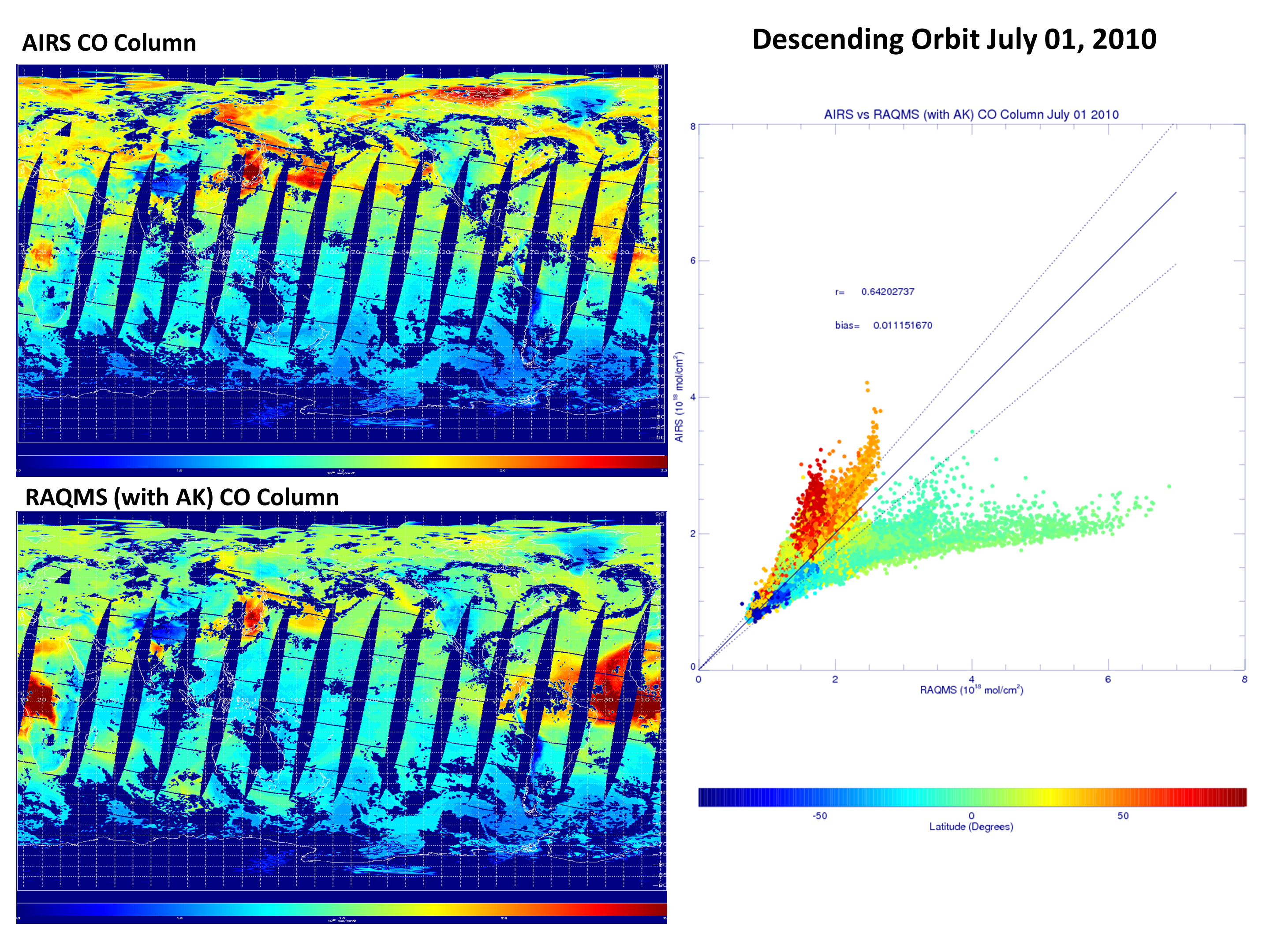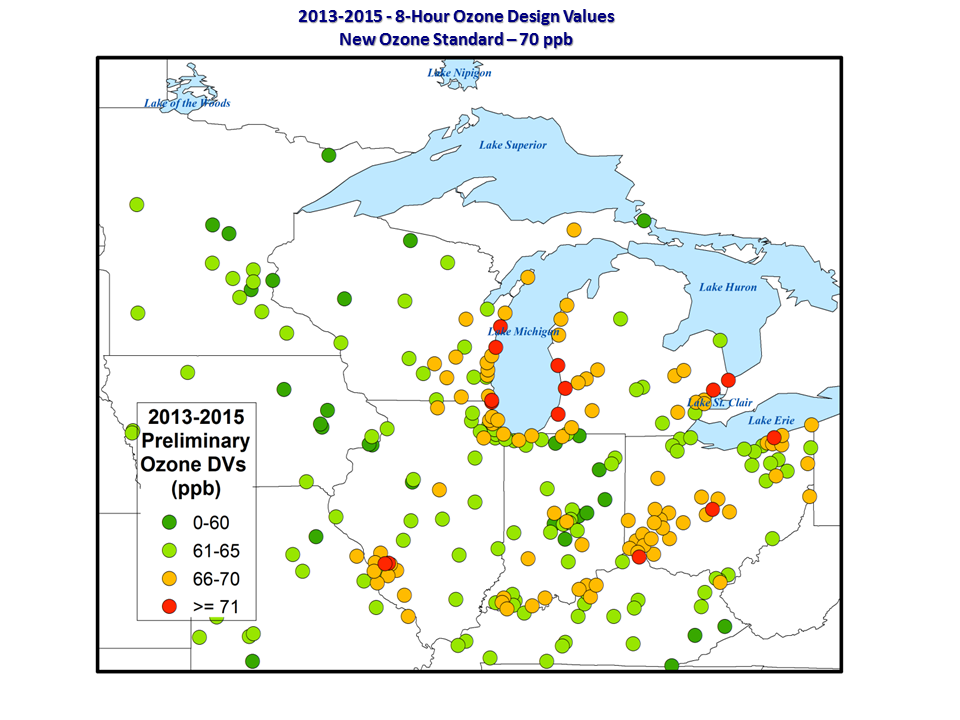
[ Archive ]

 |
CIMSS-NOAA Weekly Report
[ Archive ] |
 |
IN THE PRESS:
ITEMS FOR THE ADMINISTRATOR:
ITEMS FOR THE ASSISTANT ADMINISTRATOR:
ITEMS FOR THE OFFICE DIRECTOR, STAR:
Committee on Earth Science and Applications from Space: Steve Ackerman attended the National Academy's Committee on Earth Science and Applications from Space. This committee has input to the Academy’s determination of the structure of the upcoming decadal study. There were about 230 white papers submitted that addressed the “…key challenges or questions for Earth System Science across the spectrum of basic research, applied research, applications, and/or operations in the coming decade.” During the meeting Dan St. Jean from NOAA NESDIS presented a discussion of the Space Platform Requirements Working Group (SPRWG), which is to play a large role in defining NOAA's weather satellite system for 2030 and beyond (replacing the JPSS and GOES series of satellites). Chris Velden attended the SPRWG meeting which took place December 2-3. The CESAS committee also released its “Continuity” report, which can be found at http://www.nap.edu/catalog/21789/continuity-of-nasa-earth-observations-from-space-a-value-framework. This report sets a framework that the Decadal Study panels will have to incorporate in their deliberations. (S. Ackerman, CIMSS, 608-263-3647)
Task Force on Hemispheric Transport of Air Pollution Webinar: Brad Pierce presented a Task Force on Hemispheric Transport of Air Pollution (TF HTAP,http://www.htap.org/) webinar on November 30, 2015 entitled “Comparison of Model Simulations to Satellite Observations”. The webinar focused on demonstrating approaches for using satellite trace gas and aerosol retrievals to evaluate the fidelity of global chemical transport model estimates of hemispheric pollution transport and identification of biases in model emission inventories. The demonstration utilized 2010 Real-time Air Quality Modeling System (RAQMS) chemical and aerosol simulations conducted under the HTAP2 Work Package 3.2 “Inflow processes influencing air quality over the Western North America”, which focuses on evaluating the ability of global and regional models to represent processes driving the import of intercontinental air pollution into the western North America and its influence on surface air quality. TF HTAP is an international scientific cooperative effort to improve the understanding of the intercontinental transport of air pollution across the Northern Hemisphere (R.B. Pierce, E/RA2, 608-890-1892, brad.pierce@noaa.gov)  (Click image to enlarge)
(Click image to enlarge)
Figure caption: Atmospheric Infrared Sounder (AIRS) (upper left), Real-time Air Quality Modeling System (RAQMS) (lower left), and scatter plot of AIRS verses RAQMS (right) carbon monoxide (CO) column for the Aqua descending orbit on July 01, 2010. The AIRS averaging kernel (AK) has been applied to the RAQMS CO profile to account for the degrees of freedom of signal in the AIRS CO retrieval prior to computing the RAQMS CO column. The scatter plot is colored by the latitude and shows that RAQMS CO columns have a systematic low bias at high latitudes of the northern hemisphere suggesting underestimates in hemispheric transport and a high bias in the equatorial regions associated with overestimates of African biomass burning emissions.
Presentations at WMO Severe Weather Forecasting Workshop in Ethiopia: Ralph Petersen (Cooperative Institute for Meteorological Satellite Studies, CIMSS) and Steve Goodman (GOES-R Project) made a series of presentations on the use of geostationary satellite data at the World Meteorological Organization (WMO)-sponsored workshop on Short Range Forecasting and Nowcasting in Addis Ababa, Ethiopia. The workshop was attended by more than 20 forecasters from the Lake Victoria Basin of east Africa. The workshop was part of the ongoing WMO Severe Weather Forecasting Demonstration Project. This was the first time Nowcasting was included in the program. (R. Petersen, CIMSS, 608-263-4030)
ITEMS FOR THE DIVISION CHIEF, CoRP:
Great Lakes Ozone Study Planning Overview: Brad Pierce gave a briefing to the Lake Michigan Air Directors Consortium (LADCO) on ongoing planning activities for a small to medium size field campaign over the Great Lakes region during the summer of 2017 that is being planned in collaboration with Angie Dickens (Wisconsin Department of Natural Resources) and Rob Kaleel (LADCO). The primary science objectives of the mission focus on characterizing the recirculation, aging, and mixing of the Chicago and Milwaukee urban plumes as they move over Lake Michigan and their impact on surface ozone. The study is motivated by the fact that despite dramatic reductions in ozone precursor emissions, many areas bordering Lake Michigan continue to violate federal air quality standards (R.B. Pierce, E/RA2, 608-890-1892, brad.pierce@noaa.gov)
 (Click image to enlarge)
(Click image to enlarge)VISITORS:
NEXT WEEK:
LOOKING AHEAD:
| Archived Weeklies Page | Submit a report item |